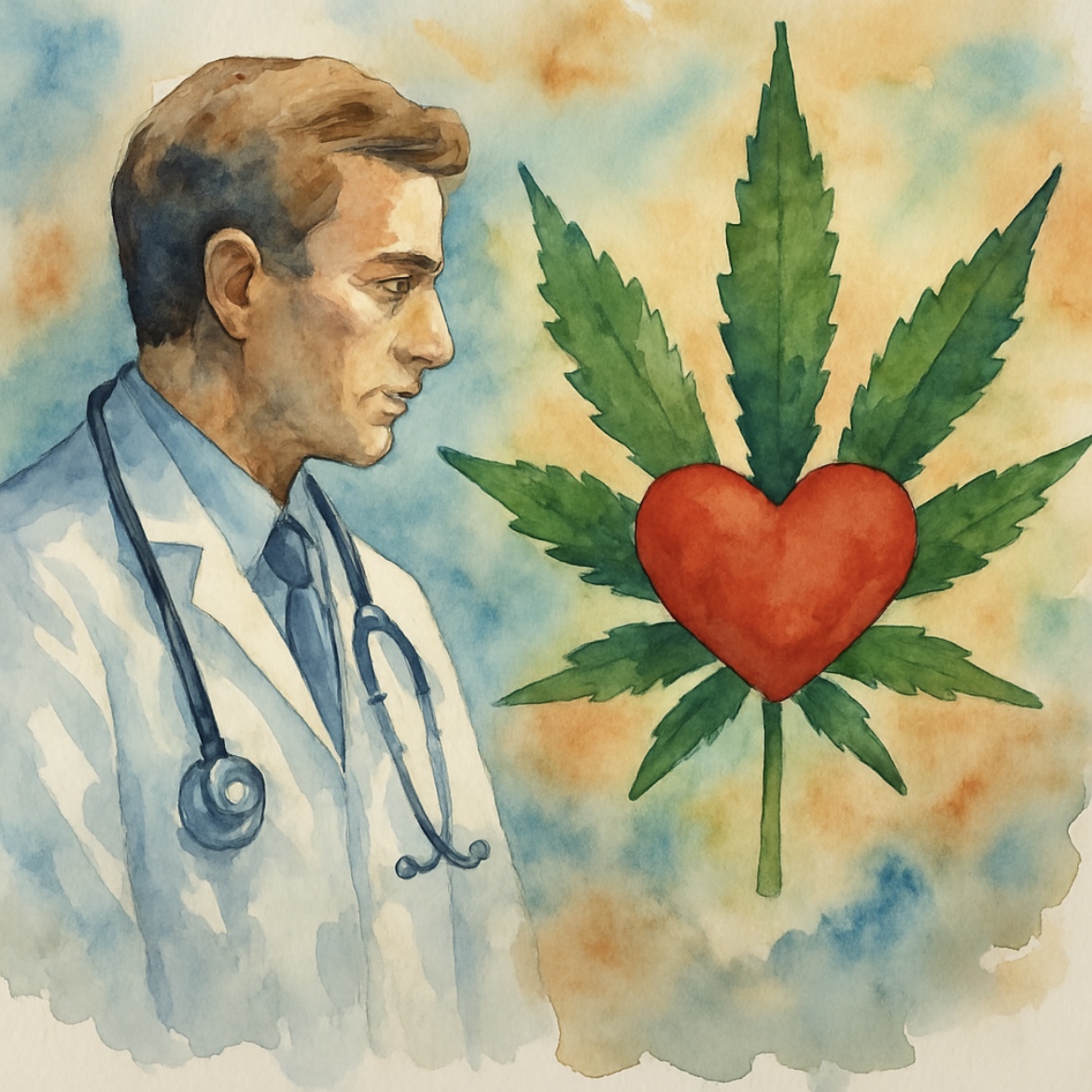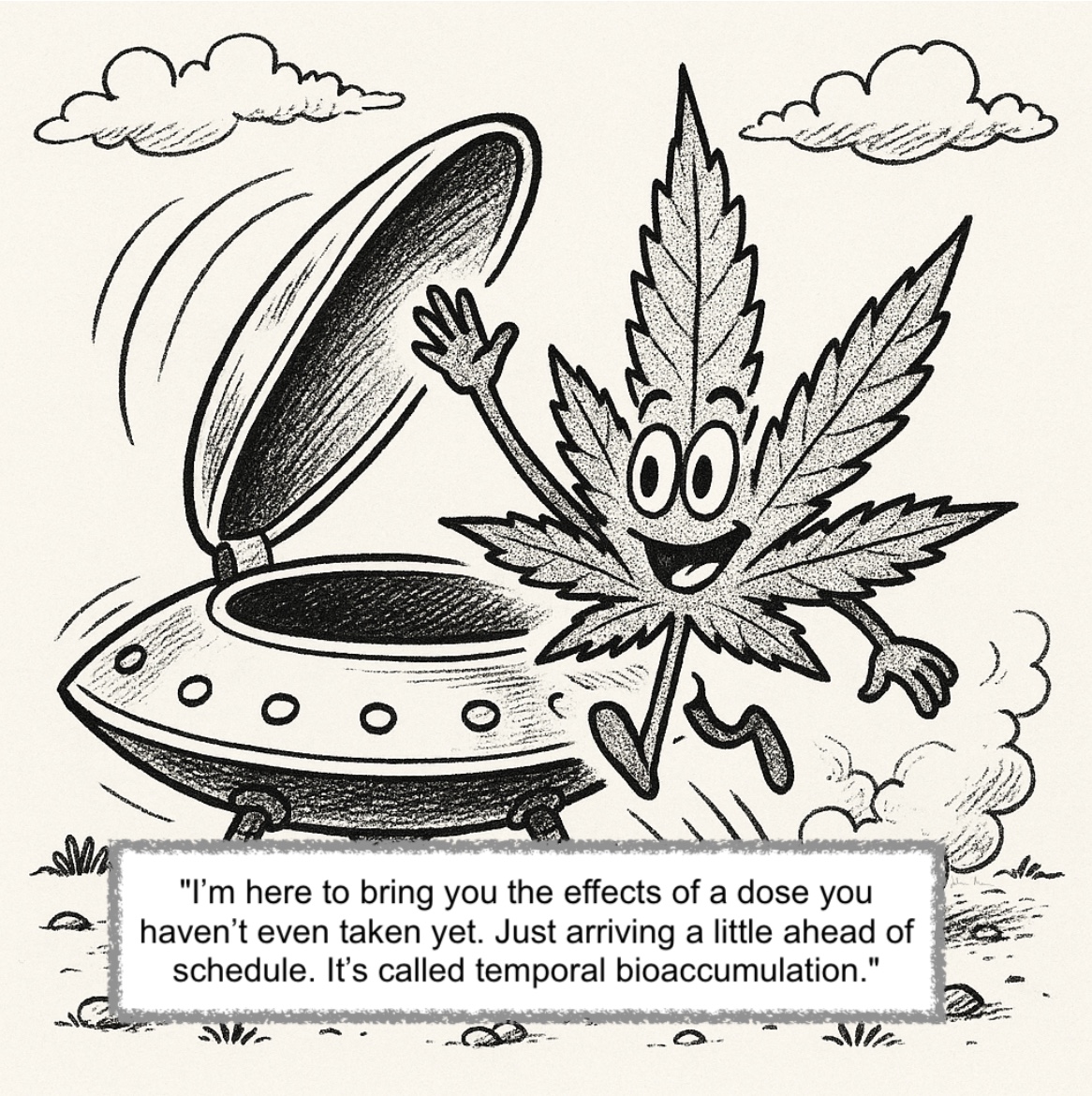
Reexamining the Headlines: Cannabis and Cardiovascular Risk
A conversation with Dr. Jamie Corroon about the limitations of population-level cannabis studies and why “no impact” or null findings deserve more airtime.
New studies have surfaced, reigniting debates about the health impacts of cannabis use. Chief among them: a 2025 meta-analysis by Storck et al., published in Heart, which pooled data from 24 studies and reported significant associations between cannabis use and major adverse cardiovascular events. The authors’ conclusion were headline ready, copy pasta cannabis concerns: a 29% increased risk of acute coronary syndrome, a 20% rise in stroke risk, and more than double the risk for cardiovascular mortality.
The media reaction was predictably swift, dire, and lacking any meaningful details about the study design. But is the signal as strong as the headlines suggest? Assuming these risks are real, how should behavior change? To explore a clearer understanding of the evidence—and its real-world implications—I spoke with Dr. Jamie Corroon, a licensed naturopathic doctor, and clinical researcher specializing in cannabis.

Why Studies Showing No Effect Get Buried
The first point he raised, wasn’t about study design. It was our unbalanced exposure to information about harms and negative impacts. The scientific information that gets promoted by news outlets is usually focused on the risks. Good news, or studies showing no impact on health, do not get equal coverage.
“Mainstream media picks bad news and it goes everywhere. Then you have studies like mine—or others—that show no harms, and it’s just crickets,” said Dr. Corroon. “Any study that comes across showing risk gets promoted because it fits a narrative. Marijuana organizations might promote null findings, but not CNN or NBC.”
That narrative-driven promotion of harm studies comes with a cost: it can obscure real risks and distract from the actual factors that merit clinical and public health attention. “We should be cautious. We should be fearful to a degree,” he says. “But we also need to maintain balance. There’s publication bias—not just in journals, but in who picks up the story. Null results rarely get airtime.”
Why Are Studies That Show No Impact Harder to Understand—Or Less Appealing?
According to Dr. Corroon, one reason null results are so often misunderstood or ignored is simple. They challenge our assumptions. “When things don’t make sense, people either dive into them or just disregard them,” he explained. “The idea that someone would inhale a hot cloud of chemicals daily for 30 years and have no cardiovascular effects doesn’t make sense to most people. Including me. I’m about to publish a study using CARDIA data showing that 35 years of regular cannabis use was not associated with greater risk of hypertension—and I don’t fully get it. And I did the study!”
He argues that much of the discrepancy in findings stems from methodological flaws in widely cited studies. “The Storck review didn’t include my study [on the cardiovascular outcomes]. Systematic reviews and meta-analyses are only as good as the studies that go into them. Most of these are cross-sectional, not prospective. If we want to infer causation, we need study designs that actually allow us to do that.”
Cross-sectional studies, he explains, are especially limited. “Exposure is usually just a question—something like, ‘how many times have you used cannabis in the past 30 days?’ That tells us nothing about long-term use. Then they ask if a doctor has ever told you that you’ve had a cardiovascular event. So, unless the heart attack happened within the last month, the outcome most certainly preceded the exposure. How can we draw causal conclusions from that?”
The Temporal Paradox of Cannabis Harm
Let’s pause here. Take a knee everyone.
To speak bluntly: when researchers use temporal tricks like this to generate results—whether about cannabis or anything else—it erodes trust in the entire scientific enterprise. The bad news about cannabis is, in many cases, generated inside a time paradox. Did you experience a heart attack years before the study asked if you used cannabis last month? Then cannabis must have traveled back in time to cause it. What a nefarious, time-traveling plant.
Even when studies ask about long-term use, Dr. Corroon notes, researchers often don’t use that data. “We’re relying on self-reporting, without information about THC percentage, dose, or route of administration. If the chemicals in smoke are harmful, then inhalation should present greater risk than edibles—but we barely have studies comparing routes.”
Real Risk, Real Confusion
That lack of granularity and the tendency to amplify bad news, complicates both clinical care and public discourse. If the risks are real, great. But then what? How do I use this information? Should cannabis use be part of every health evaluation?”
Dr. Corroon believes in transparency and patient education. “We clearly know that if you bring someone into a lab and measure cardiovascular function before and after cannabis administration, there will be changes in heart rate and blood pressure. These effects are similar to moderately vigorous exercise. Inhaling a hot cloud of chemicals isn’t a healthy behavior. People should know that the risk might exist for them.”
He also points out that product formulation may help reduce risks. “Most of this is just THC. THC is mostly responsible for these cardiovascular effects. Might operators formulate their products to reduce risk? It’s a question worth asking.”
Scientific Humility: Accepting Uncertainty
Ultimately, his message is one of scientific humility. “Often, when findings challenge our assumptions, we move on. But good science doesn’t work that way. It requires curiosity, patience, and sometimes, the willingness to accept that no clear answer is still an answer worth reporting.”
Conclusion: When Silence Says Something
In science, as in silence, absence can be profound. A null result is not nothing. It is a contour, a boundary, a truth refusing to shout.
In a field crowded by headlines and haunted by history, the loudest claims about cannabis often travel the farthest, especially when they affirm our fears. The heart of the matter isn’t whether cannabis can influence cardiovascular health, it clearly can at least acutely, but how we understand that influence, how we measure it, and how we communicate it. Overstating risks based on weak designs doesn’t make us safer. It muddies the water, distracts clinicians, and erodes trust in the research enterprise.
To measure well, to speak honestly, to let uncertainty breathe—these are the heartbeats of good science.

